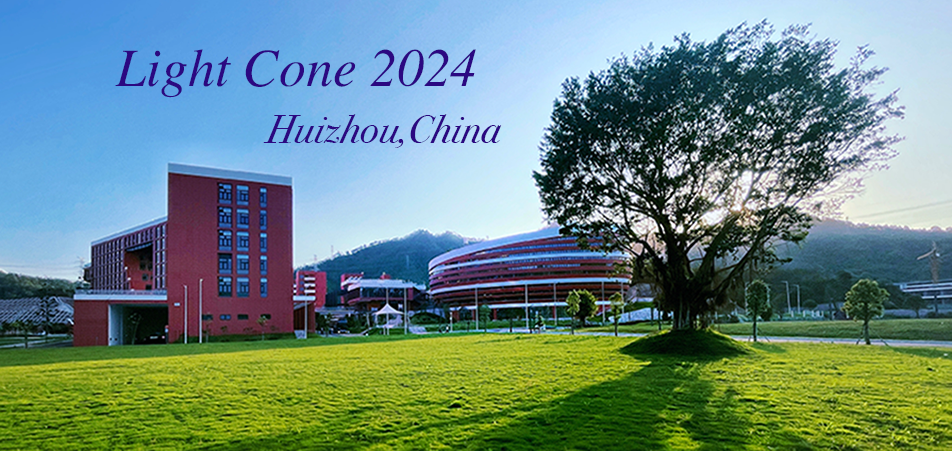Speaker
Description
Light-front quantum mechanics is an alternative to light-front quantum
field theory for modeling strongly interacting systems at relativistic
energies. The advantages are that (1) rotational covariance is exact,
so there are no problems identifying states of a given spin or
applying arbitrary Poincar\'e transformations to these states (2) it
is possible to construct realistic models of strongly interacting
systems that reproduce experimental binding energies and phase shifts
(3) numerically exact calculations of bound and scattering states can
be performed (4) it has the same kinematic symmetries as light-front
field theory and (5) there are irreducible sets of kinematic
operators. The disadvantages are (1) there is no direct connection to
light-front quantum field theory so the dynamical models are
representation dependent (2) two-body currents required by current
covariance and current conservation are necessary, representation
dependent, and not unique. The lack of understanding on how to
construct dynamically consistent two-body currents is the most serious
problem with applications of light-front quantum mechanics to
calculations of electroweak observables at relativistic momentum
transfers. In this work I construct two-body currents consistent with
the dynamics by (1) representing the light-front Hamiltonian in the
Weyl representation (using the irreducible set of kinematic operators)
(2) replacing the light-front momentum operators by gauge covariant
derivatives and (3) extracting the coefficient of the term linear in
the vector potential. This provides a candidate for the two-body
current that is consistent with the dynamics that is determined by
requiring local gauge invariance in the Weyl representation.

